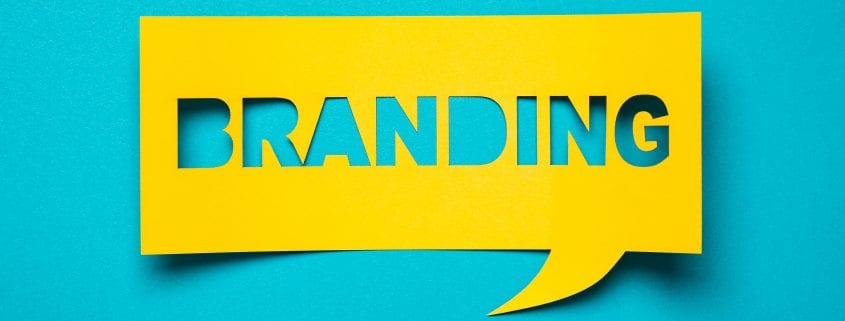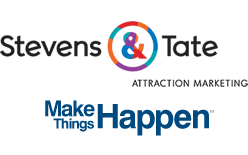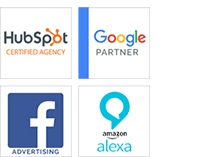
Email Marketing Customer Journey in the AI Era
In the rapidly evolving world of digital marketing, email marketing remains a cornerstone of effective customer engagement. With the advent of artificial intelligence (AI), email marketing has transcended traditional practices, leveraging AI to revolutionize how businesses interact with customers throughout their journey. From initial awareness to loyal advocacy, AI-driven tools are transforming the email marketing customer journey by enhancing efficiency, personalization, and predictive capabilities.
The AI-Enhanced Email Marketing Customer Journey
Awareness: Capturing Attention with AI-Driven Campaigns
The first stage of the email marketing journey focuses on making an impression. AI excels by analyzing user data to determine optimal send times, predict resonant content for different segments, and craft personalized messages that boost open rates. Tools like Mailchimp and Salesforce leverage AI to help marketers send emails that are not only noticed but also welcomed. Additionally, advanced segmentation enables micro-targeting using demographic, behavioral, and psychographic data, ensuring each message is highly relevant to its recipient.
Read more about: 6 Email Marketing Tips (Expert’s Advice)
Consideration: Personalized Content at Scale

Once you’ve captured attention, the next step is nurturing interest. AI-powered systems track user interactions and behaviors, tailoring content to meet each recipient’s specific needs. Previously unthinkable, this level of personalization at scale is now achievable through advanced machine-learning algorithms. These tools refine content recommendations and adapt messaging strategies, dynamically adjusting email content in real time based on user actions, like browsing a product or service.
Read more about: 6 Types of Behavioral Data That Can Be Used For Segmentation
Decision: Predictive Analytics for Timely Offers
When a customer is on the cusp of making a decision, timing and relevance are crucial. AI’s predictive analytics come into play, forecasting the right moment to send a persuasive email that converts. By analyzing past purchase behavior and engagement metrics, AI tools can trigger emails with offers that are hard to ignore, precisely when the customer is most likely to make a purchase. This can include special promotions, limited-time offers, or exclusive previews that are tailored to the individual’s previous interactions with the brand.
Retention: Keeping Them Engaged
After the sale, the focus shifts to retention. AI helps maintain interest and loyalty by automating follow-up emails, sending renewal reminders, or offering personalized discounts based on the customer’s purchase history. Predictive models identify at-risk customers, enabling proactive engagement to prevent churn. Automated re-engagement campaigns can reignite interest by recommending products similar to those previously purchased or by offering special incentives for feedback and reviews.
Read more about: Up Your Email Engagement: Consumer-Oriented Strategies
Advocacy: Encouraging Loyal Customers to Become Brand Advocates

The final stage of the email marketing journey turns satisfied customers into advocates. AI tools analyze feedback and interaction patterns to identify potential advocates. Personalized campaigns thank customers for their loyalty and encourage them to share positive experiences online, which expands brand reach organically. These campaigns may include referral bonuses, prompts for user-generated content, or invitations to exclusive events—all aiming to build a stronger brand community.
Actionable Strategies for Leveraging AI in Email Marketing Customer Journey Optimization
To fully leverage AI in your email marketing strategy, consider the following:
- Integrate AI tools that analyze data across customer touchpoints to gain a holistic view of the customer journey.
- Employ AI-driven personalization to tailor messages based on user behavior, preferences, and predictive insights.
- Use predictive analytics to optimize timing and content, ensuring that emails are sent when users are most receptive.
- Automate routine tasks to focus on strategic decision-making and creative aspects of email marketing.
- Continuously measure the effectiveness of AI implementations and adjust strategies based on real-time feedback and analytics.
Conclusion
AI is reshaping email marketing and setting new standards for customer interactions. By embracing AI-driven automation, personalization, and predictive analytics, marketers can create campaigns that are both efficient and deeply resonant at every stage of the customer journey. As we advance into the AI era, integrating these technologies into email marketing strategies isn’t just advantageous—it’s essential.







 WHO: The Madison Area Builders Association, Milwaukee Metropolitan Builders Association, and NARI of Madison have come together to host a BuildX conference, a one-day conference focusing on empowering women in the construction industry.
WHO: The Madison Area Builders Association, Milwaukee Metropolitan Builders Association, and NARI of Madison have come together to host a BuildX conference, a one-day conference focusing on empowering women in the construction industry.
